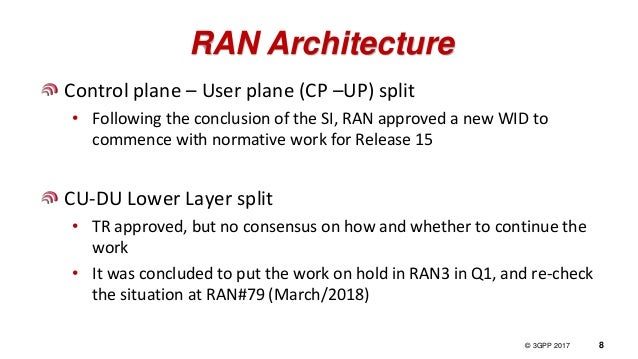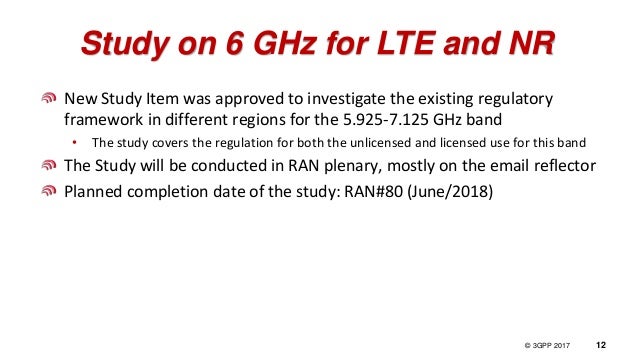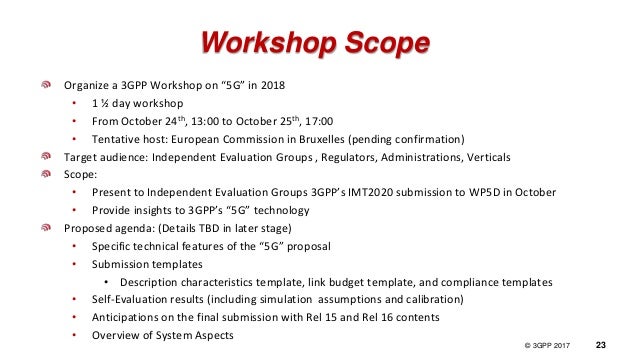Courtsy ETT Telecom....
Verizon, Ericsson and Qualcomm Tech complete Massive MIMO advancement trial, makes progress towards 5G
US based telco Verizon, equipment manufacturer Ericsson and chipmaker Qualcomm's subsidiary, Qualcomm Technologies claim that they have completed the first ever FDD Massive Mimo trial with a fully compatible customer service which will build the momentum from the deployment of FDD (Frequency Division Duplexing) Massive MIMO (Multiple Input - Multiple Output) on Verizon’s wireless network in Irvine, California.
In this trial, the three companies used the latest Ericsson Massive MIMO software and hardware on Verizon’s network, along with a mobile test device powered by the Qualcomm Snapdragon 845 Mobile Platform with X20 LTE using TM9 (Transmission Mode 9), which is an enhancement for consumer devices that will make them fully compatible with Massive MIMO.
“Advanced Antenna Systems and Massive MIMO are key technology enablers for 5G, and 4G LTE service providers and end users will also benefit from the superior capacity and network performance these technologies enable. The latest trial is another important step in the collaboration we have with Verizon and Qualcomm Technologies to further evolve 4G and prepare the network for 5G,” said Niklas Heuveldop, Head of Market Area North America, Ericsson.
5G development moving fast than anticipated....
Recently 3GPP, the telecom industry standards body, has ratified the Non-Standalone (NSA) 5G New Radio (NR) specification, half a year earlier than expected. The specification for the non-standalone 5G NR (new radio) standard is now expected to form the basis of commercial 5G products by vendors like Ericsson, Huawei, Nokia, LG and Qualcomm among others.
TM9 Functionality
To realize the gains of Massive MIMO, both the networks and the devices need to support new TM9 functionality that leverages advanced beamforming schemes between the network equipment and the mobile device to raise network spectral efficiency and customer speeds.










